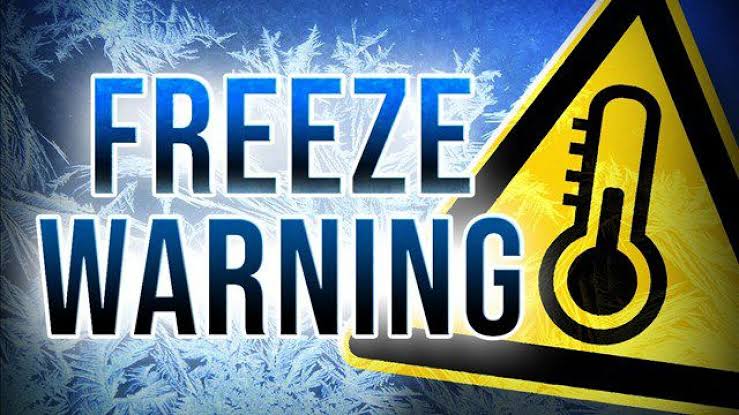Don’t Get Caught Off Guard! Decoding Extreme Cold Alerts: Warnings, Watches & Advisories Explained
As winter weather intensifies, it’s crucial to understand the different types of warnings, watches, and advisories issued by meteorological agencies. Each serves a distinct purpose and requires specific actions to ensure safety and minimize damage. Below, we break down the categories for extreme cold and freezing conditions.
Extreme Cold Alerts
•Extreme Cold Warning: Take Action!
This is issued when dangerously low temperatures or wind chill values are expected or occurring. These conditions can pose severe risks such as frostbite and hypothermia within minutes. If an Extreme Cold Warning is in effect:
•Avoid going outside unless necessary.
•Dress in layers, cover all exposed skin, and wear insulated clothing.
•Inform someone of your whereabouts and confirm your safe arrival at your destination.
•Extreme Cold Watch: Be Prepared.
An Extreme Cold Watch signals the possibility of dangerously low temperatures or wind chills. While less urgent than a warning, it serves as a reminder to prepare:

•Avoid outdoor activities during the coldest hours.
•Ensure your vehicle has at least half a tank of gas and a winter survival kit.
•Cold Weather Advisory: Be Aware.
Issued when cold conditions are present but not extreme, this advisory emphasizes the need for precaution:
•Dress warmly and cover exposed skin when venturing outdoors.
•Keep an eye on vulnerable family members, pets, and neighbors.
Freeze and Frost Alerts
•Freeze Warning: Take Action!
A Freeze Warning indicates temperatures will fall below 32°F for an extended period. This can damage or kill sensitive crops and plants. If issued:
•Protect plants by covering them or bringing them indoors.
•Disconnect outdoor hoses to prevent pipe damage.
•Freeze Watch: Be Prepared.
Issued 24-36 hours in advance, a Freeze Watch warns of the potential for widespread freezing temperatures. It signals the need to prepare for frost and freezing conditions, particularly during the growing season.
•Frost Advisory: Be Aware.
A Frost Advisory is issued when frost is expected or occurring. This poses a threat to sensitive vegetation:
•Move sensitive plants indoors or protect them with covers.
•Ensure pets have adequate shelter.
Key Takeaways
Understanding these alerts and taking timely action can protect your health, property, and livelihood during extreme winter conditions. Stay informed through official weather updates, and always err on the side of caution to stay safe.


Comments are closed, but trackbacks and pingbacks are open.